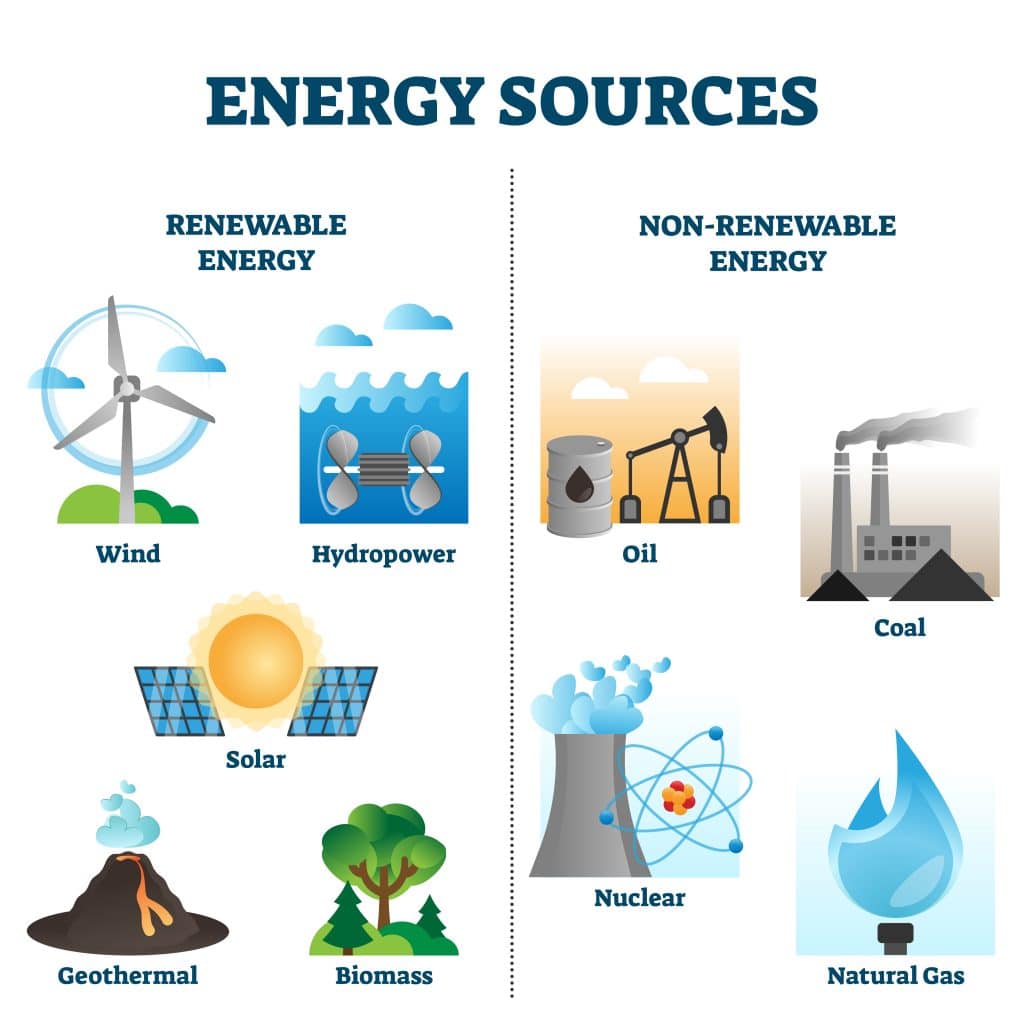Understanding Nonrenewable Resources
Nonrenewable resources come directly from the earth. This can be directly from the ground or a mine. The reserves of these substances took billions of years to form, and it will take billions of years to replace the supplies used. As such, the supplies of nonrenewable resources are finite and cannot
Crude oil, natural gas, coal, and uranium are nonrenewable resources. These are alducts that can be used commercially. For instance, the fossil fuel industry extracts crude oil from the ground and converts it to gasoline. Fossil fuel liqud into petrochemical products that are used as ingredients in the manufacture of literally hundreds of products from plastics and polyurethane to solvents.
Some types of groundwater are considered nonrenewable resources if the aquifer is unable to be replenished at the same rate at which it's drained.
Most societies are heavily dependent on nonrenewable resources, especial. It's estimated that about 80% of all of the world's energy is consumed using fossil fuels.1 Not only does this put a huge strain on the available supply but it also has a major impact on the environment. Burning fossil fuels releases carbon dioxide, which leads to climate change.
In economic terms, nonrenewables are resources of financial or econoe that cannot be readily replaced at the speed with which they are being consumed.
Nonrenewable Resources vs. Renewable Resources
Nonrenewable resources are contrasted with renewable ones. The supplies of renewable resources are abundant and endless, which makes them easy to find and easy to replace. Unlike nonrenewable ones, renewable resources are generally sustainthe former can be depleted, the latter can't.
The sun, wind, and water are the most common examples of renewable resources. Others include lumber (which can be replenished through planting), the earth's heat (geothermal), and biomass.
The call to use renewable resources, especially as energy sources, is beco That's because our dependence on and consumption of nonrenewable resources is causing a rapid decline in supplies and leading to climate change. Clean energy sources include solar energy and turbines that are powered by wind. These easily replenish themselves and don't have a detrimental impact on the environment.
Fossil Fuels and Nonrenewable Resources
Fossil fuels are all nonrenewable. But not all nonrenewables are fossil fuels. Crude oil, natural gas, and coal are all considered fossil fuels, but uranium is not. Rather, it is a heavy metal that is extracted as a solid and then converted by nuclear power plants inource.
All of these nonrenewable resources have proved historically toergy sources that are inexpensive to extract. Storage, conversion, and shipping are easy and cheap.
Fuels created from nonrenewable resources are still the primary source of all the power generated in the world due to their affordability and high energy content.
Renewable Growth
Following the basic rule of supply and demand, the cost to obtain nonrenewable resources will continue to rise as they become scarcer. Supply for many of these fuels is in danger of running out completely. Eventually, their prices will hit a point that end users cana move toward alternative energy sources.
What Defines a Nonrenewable Resource?
Nonrenewable resources are derived from the Earth— in a finke billions of years to replenish. Historically, many nonrenewables have been relatively cheap to extract. But as their supply continues to diminish, the cost of this extraction may rise in price, leading customers to use alternative sources, such as solar and wind energy.
What Are the Different Types of Nonrenewable Resources?
Among the most common examples of natural resources are crude oil, coal, uranium, and mineralover time. Another form of nonrenewables is minerals, which include gold, silver, and iron. Unlike crude oil and natural gas, these are quite difficult and expensive to extract. Meanwhile, different types of groundwater are nonrenewables when they do not replenish at their draining speed.

